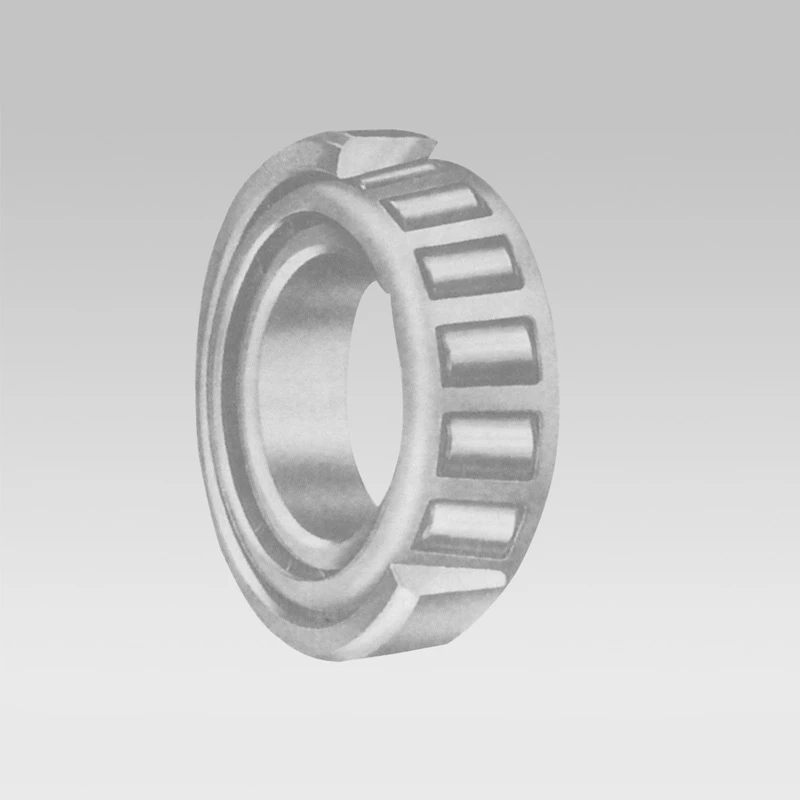
Oct . 20, 2024 11:39 Back to list
thrust ball bearing number
Understanding Thrust Ball Bearing Numbering Systems
Thrust ball bearings play a crucial role in various applications where axial loads are present. Understanding their numbering system can assist engineers and technicians in selecting the appropriate components for their machinery. This article delves into the details of thrust ball bearing numbers, their significance, and how they are used in different applications.
What is a Thrust Ball Bearing?
Thrust ball bearings are designed to support axial loads and are typically composed of a shaft washer, a housing washer, and a ball element. Unlike radial bearings that support loads perpendicular to the shaft, thrust bearings manage loads along the axis of rotation. They are widely used in machinery such as turntables, cranes, and various automotive components.
The Importance of Bearing Numbers
Every thrust ball bearing carries a specific identification number, which conveys vital information about its design, dimensions, and performance characteristics. Understanding the numbering system can greatly aid in maintenance, replacement, and design processes.
Structure of the Bearing Number
The numbering system for thrust ball bearings typically consists of a series of alphanumeric codes. Each segment of the code provides critical details regarding the bearing's specifications
1. Basic Series Designation The first part of the bearing number usually indicates the series designation, which informs the user about the bearing type and its load-carrying capabilities. For instance, in the number 51100, the 51 indicates that this is a thrust ball bearing.
2. Size Code Following the series designation, the numbers relate to the bearing's specific dimensions, such as its inner diameter (ID), outer diameter (OD), and width. The coding can vary significantly depending on the manufacturer, but generally, higher numbers denote larger sizes.
thrust ball bearing number

3. Sub-designations These numbers often include additional letters or codes that provide extra information such as material type, cage design, or specific modifications. For example, M may indicate a particular type of cage or seal, while W might denote a light series version of the standard bearing.
4. Manufacturer Distinctions Different manufacturers may implement their unique numbering systems, often featuring prefixes or suffixes that reflect their specific product lines or the materials used in production.
Application of Thrust Ball Bearing Numbers
To illustrate the importance of the thrust ball bearing numbering system, consider the automotive industry. When a mechanic needs to replace a thrust bearing in a vehicle's engine, they must reference the bearing number to ensure they procure the correct part. Using the wrong bearing could lead to insufficient support and potentially catastrophic failure during operation.
Moreover, in industrial applications, manufacturers often require thrust bearings that can withstand heavy axial loads, particularly in machinery setups that operate under stress. Correctly interpreting bearing numbers ensures that engineers select components that can bear the expected loads, ensuring safety and reliability.
Additional Considerations
When working with thrust ball bearings, it is essential to understand the context of their use. Factors such as temperature tolerance, lubrication requirements, and expected lifespan are crucial considerations alongside the bearing number. Engineers should also consult technical datasheets provided by manufacturers, as they often include charts and graphs that complement the bearing numbers with performance ratings.
Conclusion
In summary, thrust ball bearing numbers are integral to identifying and selecting the appropriate bearing for various applications. By understanding the structure and significance of these numbers, professionals can ensure the efficient operation of machinery and prevent unforeseen failures. Whether in automotive, aerospace, or industrial settings, recognizing the importance of thrust ball bearings and their numbering systems is essential for optimal performance and longevity. As technology continues to advance, remaining updated on these systems will be vital for engineers and technicians alike.
Latest news
-
Premium Deep Groove Ball Bearings | High Speed & Reliability
NewsAug.29,2025
-
Durable Scaffolding Clamps - Secure & Reliable Tube Connectors
NewsAug.28,2025
-
Common Failures in Thrust Ball Bearings and Solutions
NewsAug.22,2025
-
How Tapered Roller Bearings Can Take Shock Loads
NewsAug.22,2025
-
Angular Bearings in High-Precision Spindles
NewsAug.22,2025
-
The Impact of Misalignment on Cylindrical Roller Bearing Performance
NewsAug.22,2025
